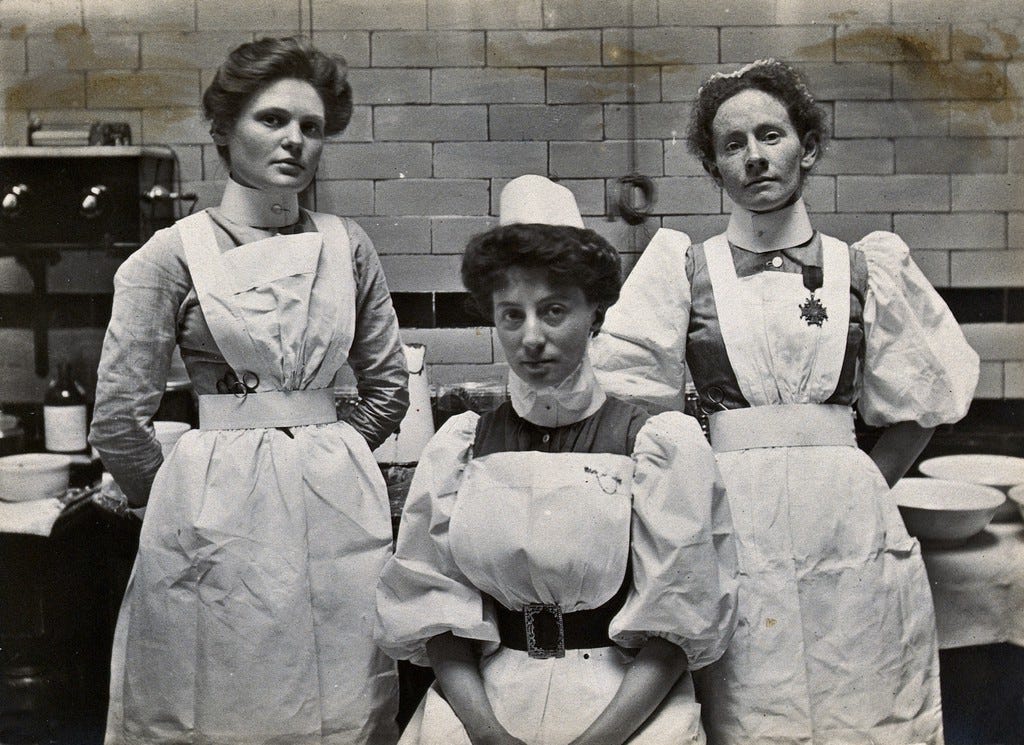How To Prepare For A Historical Role (Without Getting Lost In Research)
The Script Tells You What Happened. But Not What It Felt Like.
Most actors are handed a script and a vague timeline — and expected to conjure the past from thin air.
But when you're playing someone real, or stepping into a war-torn decade or a rigid regime, surface-level prep just isn’t enough.
You need something deeper.
📚 Don't Start With Books
This sounds counterintuitive, I know. But when you start with academic books, timelines, or Wikipedia pages, you often learn about the era — without connecting to the people in it.
Start with the emotional stakes instead.
Ask:
What would this character never say out loud?
What kind of fear shaped their decisions?
What was considered shameful, sacred, or dangerous?
Example 1:
A woman in East Germany in the 1970s might never voice her desire to leave the country — but she’d keep a secret map hidden in the lining of a drawer.
Example 2:
A young soldier in 1916 might not talk about fear, but pause every time he opens a tin of jam — because the last one he shared was with a friend who didn’t come back.
🕰️ Choose One Scene As Your Anchor
Historical roles are overwhelming because there’s so much context.
So instead of trying to “understand the 1940s,” choose one intimate moment in the script. A scene that reveals something private: a goodbye, a silence, a refusal.
Use that as your emotional entry point.
Then build outward.
Example 1:
Focus on the moment a young Jewish woman in 1939 says goodbye to her sister — knowing one of them has forged papers and the other does not.
Example 2:
Zoom in on a quiet kitchen scene during the Belfast Troubles: a mother calmly setting the table while knowing her son is late returning from school — again.
🧾 Research Objects, Not Just Events
What did they carry in their pockets?
What was banned, rationed, treasured?
The past becomes real when you understand the rules people lived under — and how they bent them.
A deportation list. A smudged letter. A broken brooch. These tell you more about a person than a thousand footnotes.
Example 1:
A 1942 inventory form listing the number of spoons allowed to be taken into “resettlement” which really meant: being transported to a Concentration Camp — revealing the quiet violence of bureaucracy.
Example 2:
A child’s drawing of a tank tucked into a priest’s Bible — showing how war crept into places that were meant to be safe.
🧠 Let Someone Curate With You
You don’t need more material. You need the right material.
A good historical researcher doesn’t bury you in PDFs. They help you find emotional cues that unlock the role.
I work with actors 1:1 to do just that — starting with the unspoken, the invisible, and the forgotten.
Example 1:
One client wrote about a French resistance courier. Instead of just maps, I gave her a recovered notebook filled with crossing codes and personal notes about deceiving the German guards during a funeral — showing the human cost of daily courage.
Example 2:
Another actor preparing for a Cold War spy role got access to real Stasi surveillance audios, yes, real interviews between an officer and a victim — not just for accuracy, but to understand the paranoia and shame that silence breeds.
🎭 The Takeaway
You’re not just learning facts.
You’re learning how to carry the emotional weight of another life — one that still echoes today.
So prepare carefully. Not by cramming timelines. But by asking better questions.
And listening for what was never said out loud.
The past doesn’t whisper through data. It whispers through hesitation, contradiction, and what your character dared not say in public.
Your job isn’t to play a role.
It’s to make the unspeakable visible — for just a moment.
~ Barbara
PS: If you can spare 5 minutes, would you take the actor survey here?




